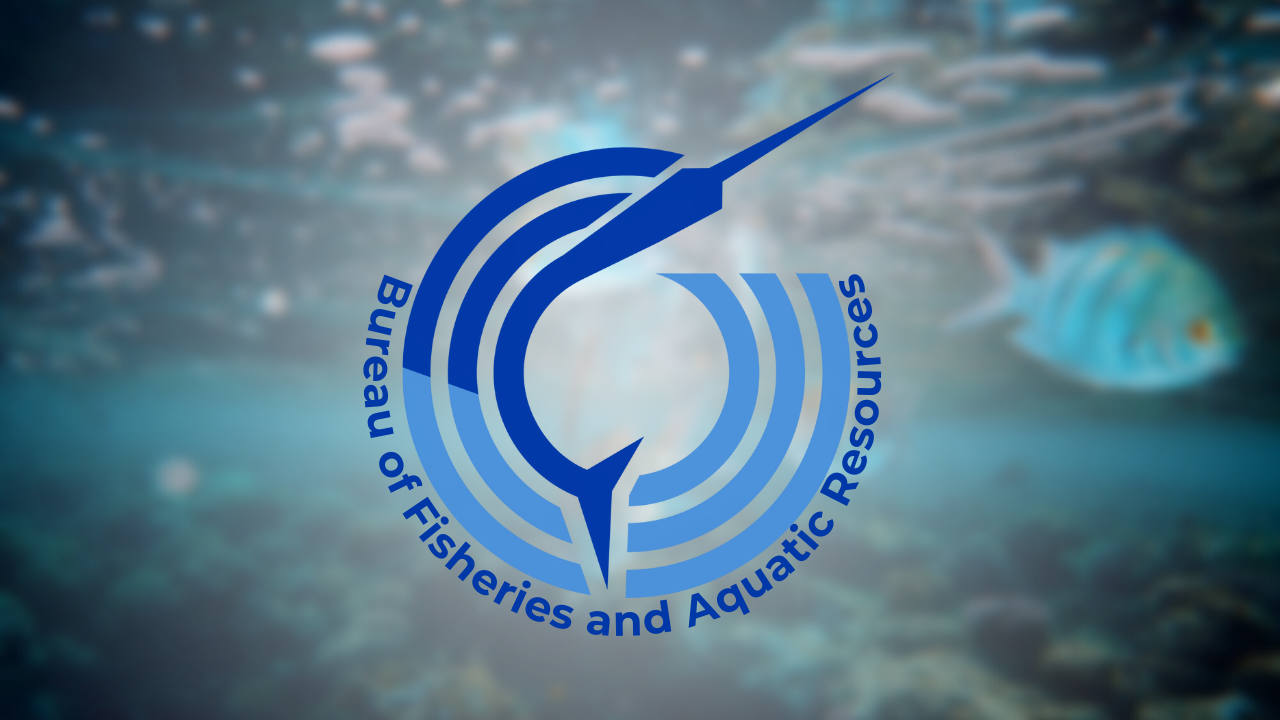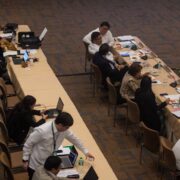Red tide alert lifted in Tacloban, Guiuan bays

TACLOBAN CITY—The waters in this Leyte capital and in Guiuan, Eastern Samar, have tested negative for a toxic microorganism that causes red tide.
In a Dec. 30 advisory, the Bureau of Fisheries and Aquatic Resources (BFAR) reported that recent seawater samples collected from Cancabato Bay in Tacloban City and the coastal waters of Guiuan no longer have traces of Pyrodinium bahamense, a dinoflagellate known for producing the red tide toxin.
Shellfish harvested from these areas are now safe for human consumption, bringing relief to local communities dependent on these resources for livelihood.
The BFAR, however, maintained a local red tide warning in the coastal waters of Calbayog City, Samar, where samples remain positive for the toxic microorganism.
Residents were strictly advised to avoid gathering, selling, and consuming all types of shellfish and the shrimp species acetes, locally known as “alamang” or “hipon,” from the affected waters to prevent paralytic shellfish poisoning (PSP).
Other areas in the region also remain positive for PSP or toxic red tide beyond regulatory limits with a shellfish ban still in effect.
These include Daram Island, Zumarraga Island and Irong-Irong Bay in Catbalogan City, all in Samar; Matarinao Bay in Eastern Samar, covering the towns of General MacArthur, Quinapondan, Hernani, and Salcedo; and Biliran Island in Biliran province.
BFAR said they are actively monitoring these areas to safeguard public health and protect the shellfish industry.
The BFAR regularly analyzes water samples through its regional laboratory in Tacloban to ensure that shellfish from different bays are safe for human consumption.
Red tide is a term used to describe a phenomenon where the water gets discolored by high algal biomass or the concentration of algae.
Consuming toxic shellfish could lead to PSP which affects the nervous system within 30 minutes after consumption.
Symptoms of PSP include tingling of the lips and tongue and which spreads to the face, neck, fingertips and toes. It will also lead to headache, dizziness and nausea, among others.

















